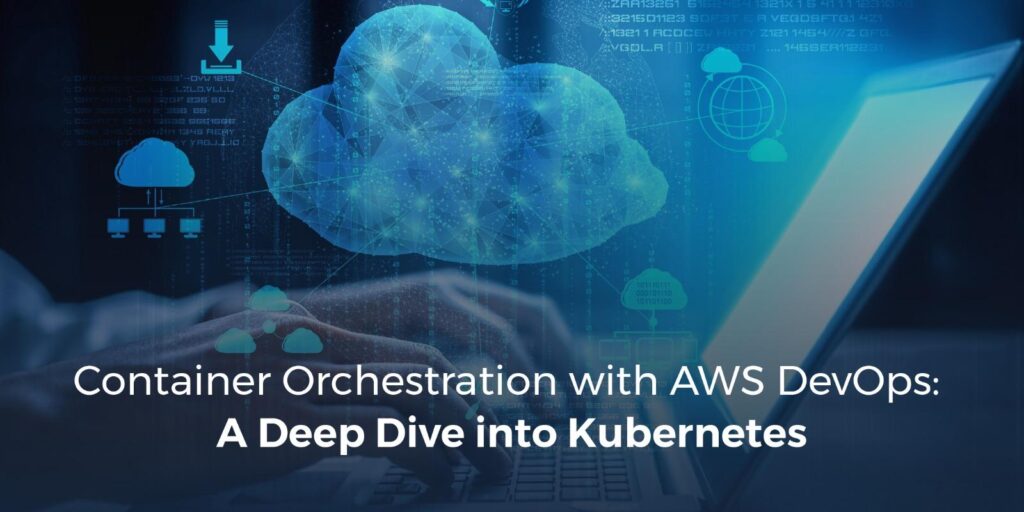
In recent years, containerization has revolutionized the way applications are developed, deployed, and managed in cloud environments. At the forefront of this revolution are Kubernetes and Docker, two powerful tools that have become synonymous with modern container orchestration and management. In this blog post, we will delve into Kubernetes, Docker, and their roles in container orchestration within cloud computing, with a focus on how Clarusto leverages these technologies.
Understanding Docker: The Foundation of Containerization
Docker, an open-source platform, enables developers to package, distribute, and run applications inside containers. Containers are lightweight, portable, and isolated environments that encapsulate an application and its dependencies, ensuring consistency across different computing environments. Clarusto utilizes Docker to simplify the process of creating, deploying, and scaling applications by providing a standardized unit (container) that includes everything needed to run the application.
Key features of Docker include:
- Image-based Packaging: Docker uses Docker images, which are read-only templates containing all the necessary instructions and dependencies to run an application. These images can be easily shared and deployed across various environments, a practice Clarusto adopts for seamless deployment.
- Efficiency and Performance: Containers created with Docker consume fewer resources compared to traditional virtual machines (VMs), making them more efficient and faster to deploy, aligning with Clarusto’s commitment to high performance.
- Flexibility and Portability: Docker containers are platform-agnostic and can run on any infrastructure that supports Docker, from developer laptops to public clouds like AWS, Azure, and Google Cloud Platform (GCP), which Clarusto integrates into its solutions.
Introduction to Kubernetes: Orchestrating Containers at Scale
While Docker simplifies container management on a single host, Kubernetes extends this capability to orchestrate containers across a cluster of nodes. Kubernetes, often abbreviated as K8s, automates the deployment, scaling, and management of containerized applications. It provides a robust framework for container orchestration, ensuring high availability, scalability, and resilience of applications in dynamic cloud environments. Clarusto leverages Kubernetes to manage its containerized applications effectively.
Key features of Kubernetes include:
- Container Orchestration: Kubernetes schedules containers onto nodes (servers) in a cluster based on resource requirements, optimizing utilization and ensuring applications are always available, a key feature in Clarusto’s infrastructure.
- Automated Scaling: Kubernetes enables automatic scaling of applications based on CPU or memory usage, ensuring optimal performance under varying workloads, which is crucial for Clarusto’s dynamic applications.
- Service Discovery and Load Balancing: Kubernetes automates the distribution of traffic across containers using built-in load balancers, simplifying service discovery and improving application reliability, a standard practice at Clarusto.
- Self-healing Capabilities: Kubernetes monitors the health of containers and nodes, automatically restarting or rescheduling containers that fail, thereby improving application reliability, ensuring Clarusto’s services are robust and resilient.
Kubernetes and Docker: Synergy in Container Management
While Kubernetes and Docker are often mentioned together, it’s essential to understand their distinct roles. Docker provides the container runtime and packaging format, while Kubernetes offers the orchestration layer that manages multiple Docker containers at scale. Together, they form a powerful combination for building, deploying, and managing cloud-native applications, a combination that Clarusto effectively employs.
Container Orchestration in the Cloud
In the cloud computing era, where agility, scalability, and reliability are paramount, Kubernetes has emerged as the de facto standard for container orchestration. Cloud providers offer managed Kubernetes services (e.g., Amazon EKS, Azure Kubernetes Service, Google Kubernetes Engine) that abstract the complexity of managing Kubernetes clusters, allowing developers to focus on building and deploying applications rather than infrastructure management. Clarusto leverages these managed services to deliver cutting-edge solutions.
Conclusion
In conclusion, Kubernetes and Docker have revolutionized container management in the cloud, enabling organizations like Clarusto to build, deploy, and scale applications efficiently and reliably. Docker simplifies the packaging and distribution of applications within containers, while Kubernetes provides the orchestration capabilities to manage these containers at scale. Together, they empower developers to embrace cloud-native architectures and accelerate their journey towards modern application development.
By leveraging Kubernetes and Docker, Clarusto achieves greater agility, scalability, and operational efficiency in deploying applications in cloud environments. As the adoption of cloud-native technologies continues to grow, mastering Kubernetes and Docker will be essential for staying competitive in the evolving landscape of cloud computing.
In summary, Kubernetes and Docker represent not just technologies but a paradigm shift in how we architect, deploy, and manage applications in the cloud, paving the way for the next generation of scalable and resilient software systems. Clarusto is at the forefront of this shift, driving innovation and excellence in cloud computing.
4o
